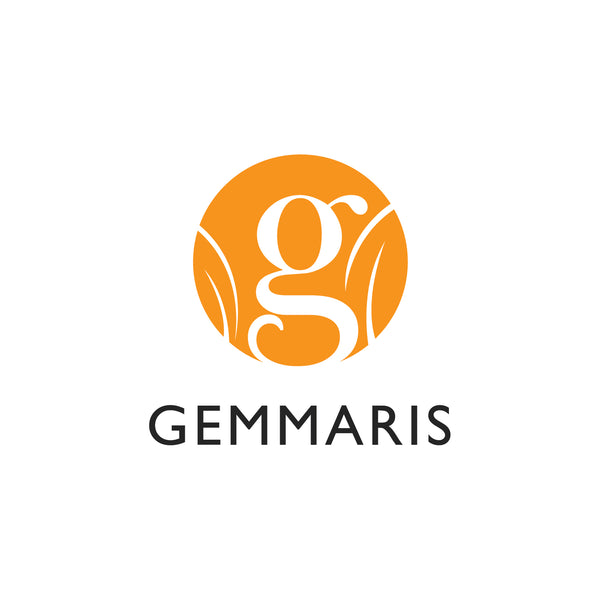
The Advantages of Using Deadstock Fabric: A Sustainable Choice for Fashion
Share
In recent years, the fashion industry has undergone a seismic shift toward sustainability. Amid this transformation, deadstock fabric has emerged as a hero material for eco-conscious designers and brands. But what exactly is deadstock fabric, and why is it considered a sustainable choice? Let’s explore the benefits of using deadstock fabric and why it’s gaining popularity in the fashion world. At Gemmaris, all of our products are made from sustainably sourced deadstock fabric.
What Is Deadstock Fabric?
Deadstock fabric refers to surplus or leftover textiles from mills, manufacturers, or brands. These fabrics are often the result of overproduction, canceled orders, or slight imperfections. Instead of being discarded and sent to landfills, deadstock fabric is given a second life through creative reuse, making it a win-win for both designers and the planet.
1. Reduces Textile Waste
One of the most significant advantages of using deadstock fabric is its ability to minimize textile waste. Each year, millions of tons of unused fabric are discarded, contributing to overflowing landfills and environmental pollution. By repurposing deadstock fabric, designers prevent these materials from going to waste, promoting a circular approach to fashion production.
2. Lowers Environmental Impact
Producing new textiles consumes vast amounts of water, energy, and raw materials, often leaving behind a substantial carbon footprint. Deadstock fabric eliminates the need for additional production processes, reducing resource consumption and associated emissions. It’s an eco-friendly choice that aligns with the principles of sustainable fashion.

3. Cost-Effective for Designers
For emerging designers or small-scale brands like ours, sourcing new fabrics can be expensive. Deadstock fabric is often available at a fraction of the cost, making it an economical option. Additionally, these fabrics are usually ready to use, eliminating the lead time required for custom production.
4. Unique and Limited-Edition Appeal
Deadstock fabrics often come in limited quantities, giving designers the opportunity to create exclusive, one-of-a-kind collections. This uniqueness appeals to consumers who value individuality and are drawn to limited-edition pieces. It also fosters creativity, as designers must work within the constraints of the available materials.
5. Supports Ethical Practices
Deadstock fabric is often sourced from existing inventories, reducing the demand for exploitative labor practices in textile manufacturing. By choosing deadstock, brands can take a stand against unethical labor conditions and support a more transparent supply chain.
6. Tells a Sustainable Story
Today’s consumers are increasingly conscious of the environmental and ethical impact of their purchases. Using deadstock fabric allows brands to craft a compelling sustainability narrative, building trust and loyalty among eco-minded shoppers. Highlighting the use of repurposed materials can also serve as a powerful marketing tool.

While the benefits of deadstock fabric are numerous, there are a few challenges to keep in mind. Limited availability and inconsistent supply can make it difficult to scale production. Additionally, verifying the origin and quality of deadstock fabrics requires diligence. However, these challenges are outweighed by the positive impact deadstock fabric has on the environment and the fashion industry.
Deadstock fabric is more than just a trend; it’s a tangible step toward a more sustainable fashion future. By repurposing surplus materials, designers can reduce waste, lower their environmental impact, and create unique, cost-effective collections. As the fashion industry continues to embrace sustainability, deadstock fabric will undoubtedly play a pivotal role in shaping a more responsible and innovative design landscape.
